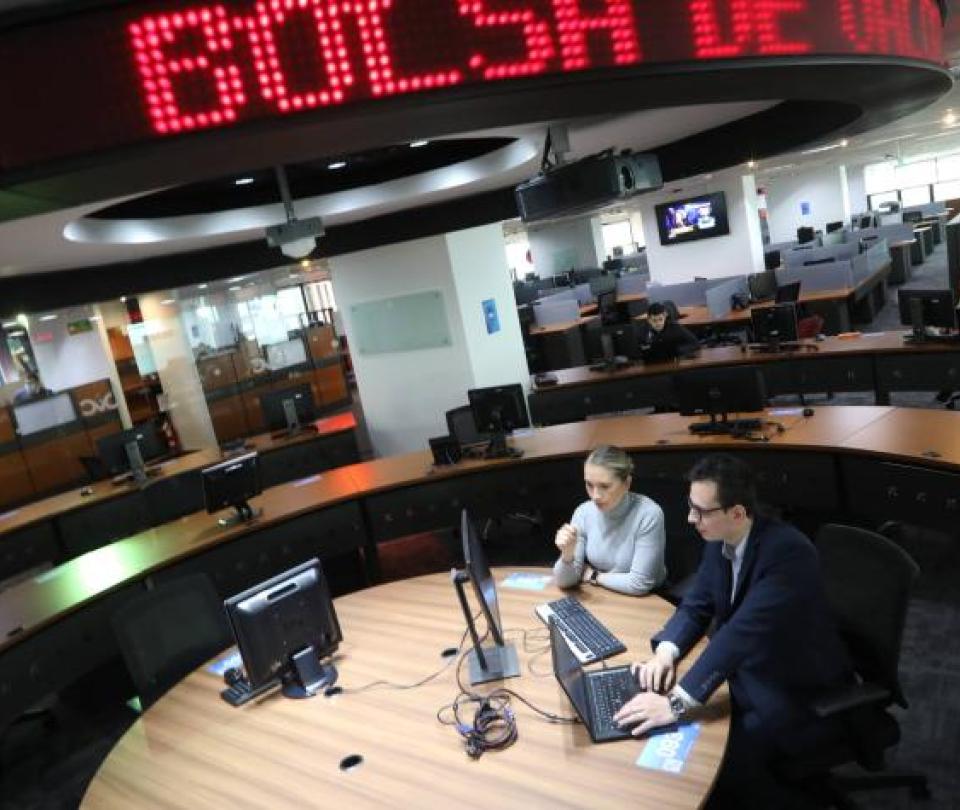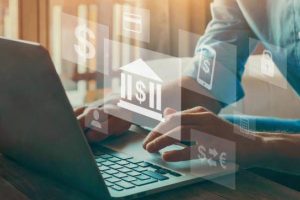The behavior of the actions of the Colombian stock exchange It is one of the most undervalued in the world with a fall of 9.9% this year.
And in this sense, the prices of the titles are weakened, but not because of the results of the companies that have been good, but because of the low liquidity and the lack of buyers, which according to analysts, could have been accentuated after the takeover bids for Nutresa and South Group.
(The Petro government announces changes in the Soat for border areas).
Some have compared what is currently happening with the market to the financial crisis of 1999 which then brought appreciation phenomena between 2003 and 2006 and then with the world crisis of 2008.
And since the economy is cyclical, when the papers begin to appreciate, the phenomenon could be strong, since 10 years ago there has been no great appreciation.
(64% of employers can’t find qualified talent.)
In that sense, Édgar Jiménez, Professor of Finance at the Jorge Tadeo Lozano University He says that many question that “if they are not valued, why have shares”.
He believes that there is political and economic uncertainty, but that it is time to accumulate actions. He mentions that there are ways to analyze if the titles are cheap, at their average value or overvalued and that some like it and others don’t.
(Health reform: process gets tangled up and there is no support from conservatives).
The first is the Dividend Yield or the profitability of dividends, which for example in the case of ecopetrol (21%) and that was above what a CDT came to pay at the end of 2022.
The average in Colombia is above 8.2% and perhaps more, as stock prices have continued to decline.
Jiménez says that it is key to look at recognized companies and it will depend on the client’s profile if they like it to pay dividends or not.
(They modify the environmental licensing of the largest solar park in the country).
One indicator, which measures whether the stock is trading at book value, well above or below it is the Q of Tobin and in this sense the academic assures that 90% of the titles in Colombia are trading below.
Another element of analysis is the price gain ratio (RPG)) and calculates how via generation of profits when the investment would be recovered. For example, with Ecopetrol at $2,000 per share and paying a dividend of $500, then the investment would be recovered in 4 years (4X or 4 times).
“In general, these RPGs are short in Colombia, that is, they recover quickly. The issue is liquidity”, says Jiménez, because if a foreign investment fund serves as a trigger and injects liquidity, that would help generate an upward wave.
(TGI net income grew 94% in the first quarter).
“There may be good prices but there is no liquidity and that is why the market must be promoted”, mentions the Finance professor.
An exercise carried out by analysts Andrés Moreno and José Jácome He agrees that there are good fundamental factors, but if foreign or pension funds buy, the titles will rise in price.
And when analyzing a group of actions, they showed if there are elements on them to accumulate (buy) or to distribute (sell).
(Shy low inflation in the United States: fell to 4.9% in April).
preferential Bancolombia, Ecopetrol, Bancolombia, ISA, GEB, Grupo Sura, Celsia, Grupo Bolívar, Terpel, Mineros, Corficolombiana preferential and ETB are in distribution, while Nutresa, Grupo Argos, Grupo Aval preferential, Davivienda preferential, Cementos Argos, Corficolombiana, Grupo Argos preferential, Banco de Bogotá, Canacol, BHI in accumulation.
risk premium problem
For Corficolombianthe multiple metrics that corroborate the poor performance of the stock market should include the historical market risk premium of 2.9% per year (average since 2008, when the Colcap index began), which would be negative (-0.4 %) in the absence of dividends.
It refers to the historical difference between the annual return of the local stock market and that corresponding to an investment without credit risk with a maturity of 10 years in Colombia. The premium is much lower than the comparable one for the US market (7.8% annual average since 2008), and it is even less considering that 7.8% of that market is in dollars.
BRIEFCASE












